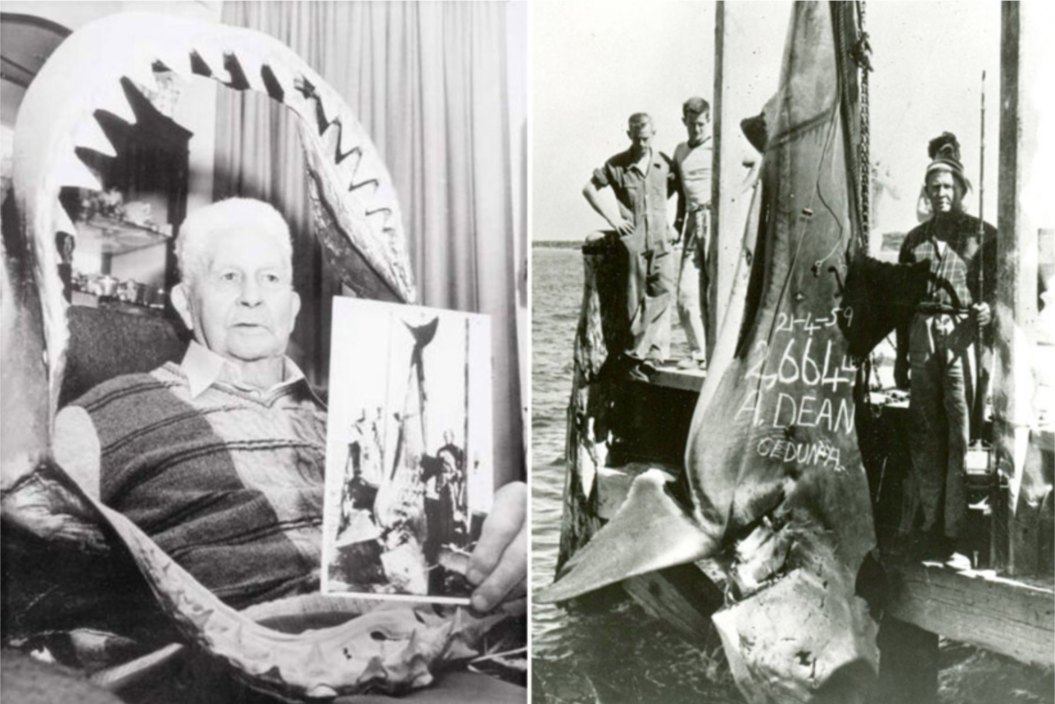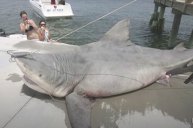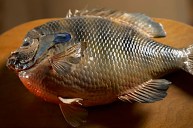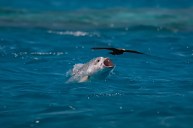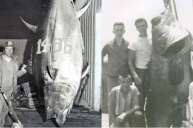Around the world, no fish strikes fear in the hearts of humans quite like the great white shark. This massive fish can be up to 20 feet long. With their enormous size and lethal hunting prowess, the great white is the most aggressive shark and is responsible for the most shark attacks and killed the most humans out of any shark species. Its massive jaws have one of the highest bite forces of any living animal.
This monstrous, predatory fish has rightfully been the villain in countless horror movies, most famously when Steven Spielberg's adaptation of Jaws hit the big screen back in 1974. Jaws made multiple generations afraid to go into the water and often leaves people wondering just how large these sharks can grow, and if it's possible to actually catch one on regular fishing tackle.
As a matter of fact, many massive great white sharks have been caught over the years. The world record for the single largest shark ever caught on a rod and reel belongs to a man named Alfred Dean. His fish has the distinction of being not only the largest great white shark caught by an angler but also the single biggest fish ever recorded by the International Game Fish Association.
The Angler Who'd Go Down in History
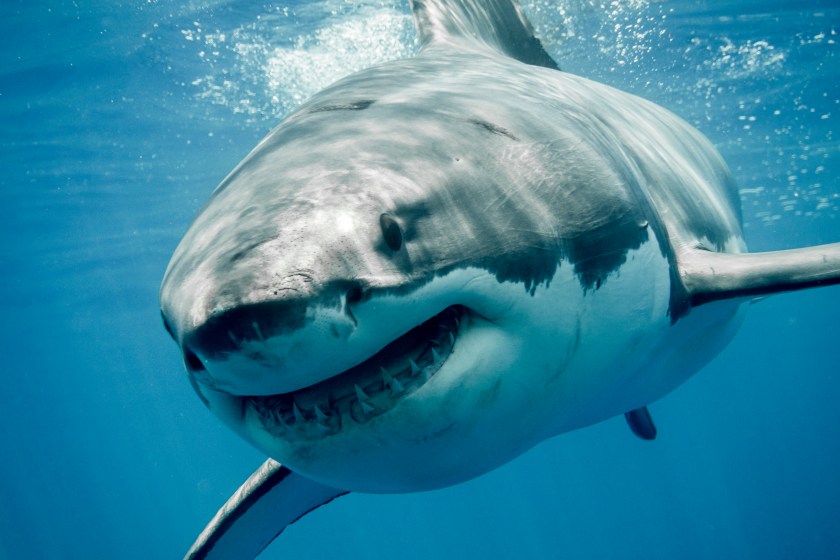
Getty Images, Ramon Carretero
Angler Alfred Dean was born in Victoria, Australia in 1904 into a family that farmed citrus and grapes. Like his father, Alfred took to farming once he grew older, which kept him busy for most of the year.
However, Dean's passion was fishing, which he threw himself into a few months each year between harvests. He quickly formed a deep love for the ocean and shark hunting. At that time, targeting shark species was not a very popular pastime. Most sharks were bycatches from anglers targeting a different species. Dean, however, wanted to tangle with the biggest fish in the ocean, which is what eventually led him to pursue great whites.
Dean hooked his first big one in the Great Southern Ocean off South Australia. Unfortunately, his rod and line broke, causing him to lose that shark. He managed to jerry-rig his rod back together with a broomstick and soon landed another great white shark. Unfortunately, this wasn't exactly the monster Dean was looking for: It only weighed 868 pounds. The joke was, "Not bad, Alfie, for landing him with a broomstick."
Despite being rather small for a great white, this catch was a key turning point for Dean; after his rod broke, he realized he needed heavier equipment. He ended up sourcing some heavy-duty wood for himself, which he then commissioned to be made into super-strong fishing rods so he could continue targeting great white sharks.
The new gear was finished with perfect timing. Rumors of massive great white shark locals called "Barnacle Bill" started coming out of nearby Streaky Bay, South Australia. Dean was intrigued by the story, and in 1952, headed into Streaky Bay to look for the beast. While he didn't find the shark of legend, he landed a 16-foot, 2,352-pound great white on a 120-pound line. The big fish was a world record at the time, and the first game fish to ever exceed one ton in weight.
Dean's catch instantly redefined the maximum size of fish that could be fought and landed using a rod and reel.
The Biggest Great White Shark Ever Caught
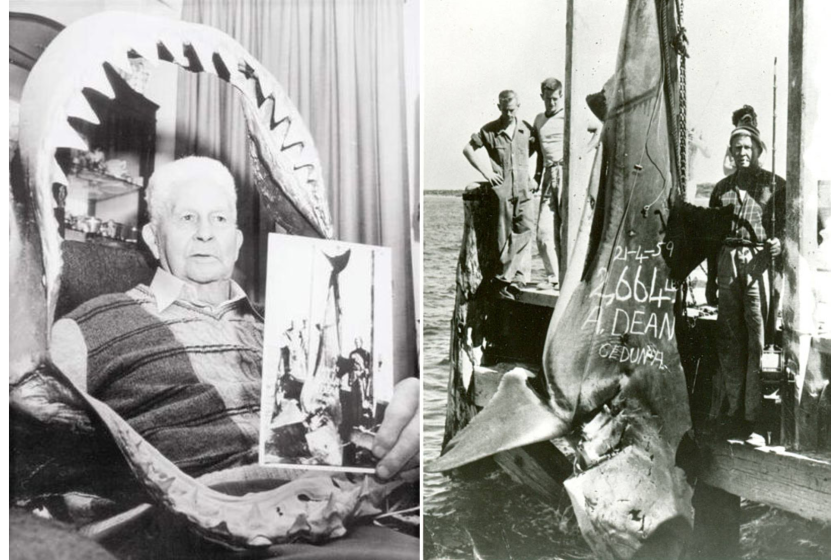
Getty Images, Bettmann
For the next three years, Dean devoted all his free time to trying to catch a monstrous shark. He managed to catch several large ones, including a 2,372-pounder, near Streaky Bay in 1954. He broke that record later with a 2,536-pounder. However, none of these were the giant he wanted. Most weekend anglers can relate. No matter how big of a fish you catch, it's never enough.
Around 1954, sightings of a 25-footer began to circulate around Ceduna, South Australia. Dean was skeptical of shark sizes that large, but he decided to start fishing the waters around Ceduna anyway. Finally, on April 21, 1959, he encountered his largest shark ever. Dean and his crew were able to coax the giant 17-footer into biting, and that set off a nearly hour-long fight on a 130-pound test line. Eventually, the big fish tired out and the crew were able to gaff it and tow it back to the docks in Denial Bay. There it was officially weighed at an eye-popping 2,663 pounds.
The huge shark once again broke Dean's own record for largest great white shark caught—and it still stands as the largest great white recorded in the IGFA record books to this day. In fact, no record has come within 750 pounds of Dean's shark. The odds are very good it will never lose that top spot, either.
Why Dean's Record Will Never Be Broken
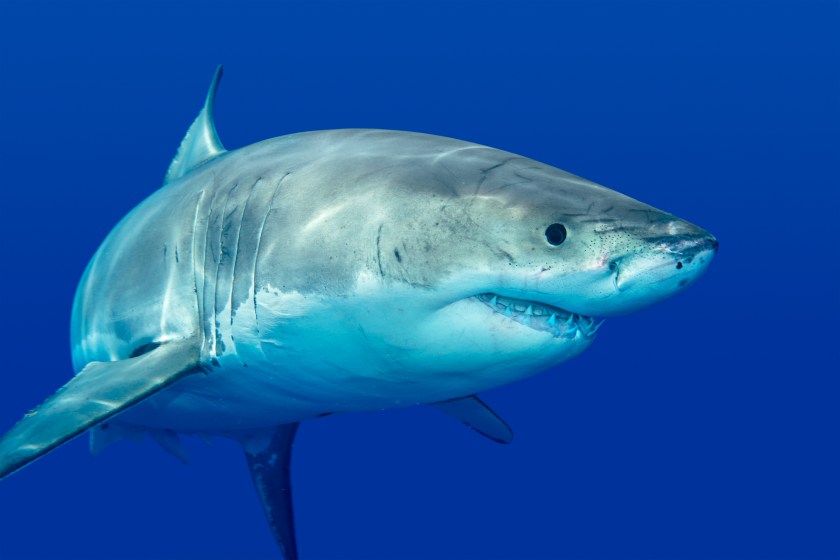
Getty Images, Joe Belanger
Back in the 1950s, shark research was nowhere near as advanced as it is today, and people did not consider the conservation of these large ocean predators the way we do today. Now, we've got entire weeks dedicated to the great fish on the Discovery Channel.
Now it's known that great white sharks have very low productivity and reproductive rates, making them very vulnerable to population declines due to various effects from humans. Marine biologists and international governments have since worked together to make great whites a protected species.
In most parts of the world, it's illegal to target them. Incidental catches of great white sharks occur but rarely because many of the tactics employed by great white hunters in the early days are now prohibited. When an angler hooks into a great white, it must be released immediately.
It's also worth noting that Dean caught his record 2,664-pound great white using porpoise as bait. Current IGFA angling rules prohibit both the practice of chumming and the use of any parts of a mammal except for hair or pork rind as bait. This means that Dean's catch wouldn't even qualify as a record today because it would be illegal. It's essentially grandfathered into the record books.
Because IGFA entries also require a weight taken on a certified scale, and one cannot weigh a giant great white without killing it first, it's safe to say that Dean's spot at the top of the record books is safe. Maybe a long time from now, great white populations will rebound to the point where they can be harvested again, but it seems unlikely considering the many challenges the species faces.
Other Giants Not in the Record Books
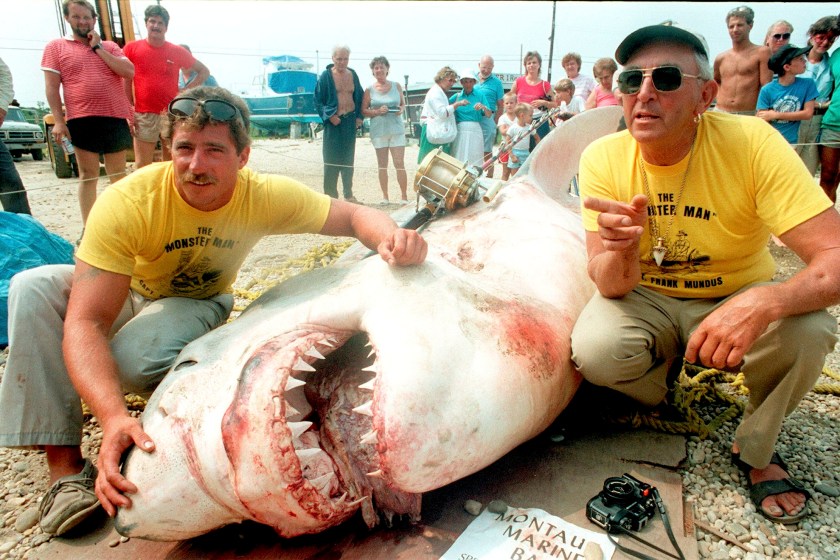
Getty Images, Newsday
Technically, Dean's shark is the largest ever in the IGFA record books, but plenty of other giants have been captured by other shark hunters.
Frank Mundus, who is said to have been the inspiration for the character of Quint in Jaws, may be the most notable shark hunter. In 1986, Mundus caught a massive 17-foot great white on rod and reel off Montauk, New York that weighed a staggering 3,427 pounds. This giant fish would have taken over the top spot, but the IGFA disqualified the catch because a dead whale was found in the vicinity of the catch. The organization declared this a violation of the rules on chumming.
Amazingly, this was Mundus' second-biggest catch ever. In 1964, he harpooned another giant that was estimated at a staggering 4,500 pounds. But because the weight could not be verified, that shark also did not qualify for the record books. Legend has it that Mundus' early tactic of using harpoons and barrels to tire a shark out is what inspired Peter Benchley to write those techniques into Jaws. Of course, that method is now illegal. In another plot twist, Mundus changed his tune on the killing of sharks, becoming a conservationist and catch-and-release advocate before his death in 2008.
There have been a few other catches rumored to be in the 20- to 21-foot range, but most of these claims have proven to be either unconfirmed or greatly exaggerated.
The Biggest Shark Yet
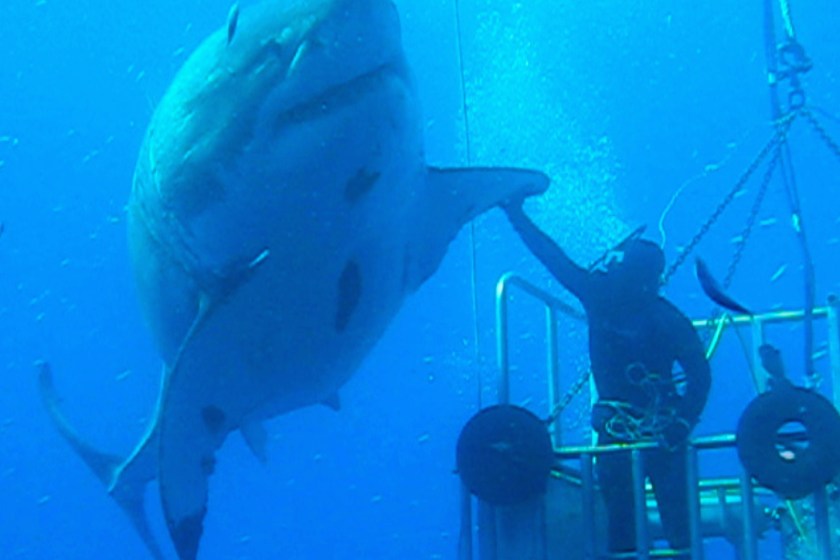
Getty Images, Michael Maier / Barcroft USA / Barcroft Media
Great whites spotted in the wild have reached the 20-foot, 4,500-pound range. The most famous of these examples is a giant female great white—females are almost always bigger than males—named "Deep Blue", one of the largest great whites ever seen.
Deep Blue was first spotted by a film crew working on a special for Shark Week near Guadalupe Island, Mexico in 2014. She was estimated to be at least 20 feet long and nearly 4,400 pounds in weight. She's also believed to be at least 50 years old.
Because researchers were able to document the different marks and scars on her body in such detail, she has been able to be tracked and has provided a wealth of information into the life and habits of these fish that even shark researchers did not know, including the vast distances they travel.
In 2019, Deep Blue went instantly viral when she showed up in Hawaii, feasting on a sperm whale carcass that was being watched by researchers studying tiger sharks. Photos of the shark swimming next to scuba diver Ocean Ramsey demonstrated just how massive this white shark is.
READ MORE: 14-Foot Hammerhead Shark Big Enough to Be a World Record
